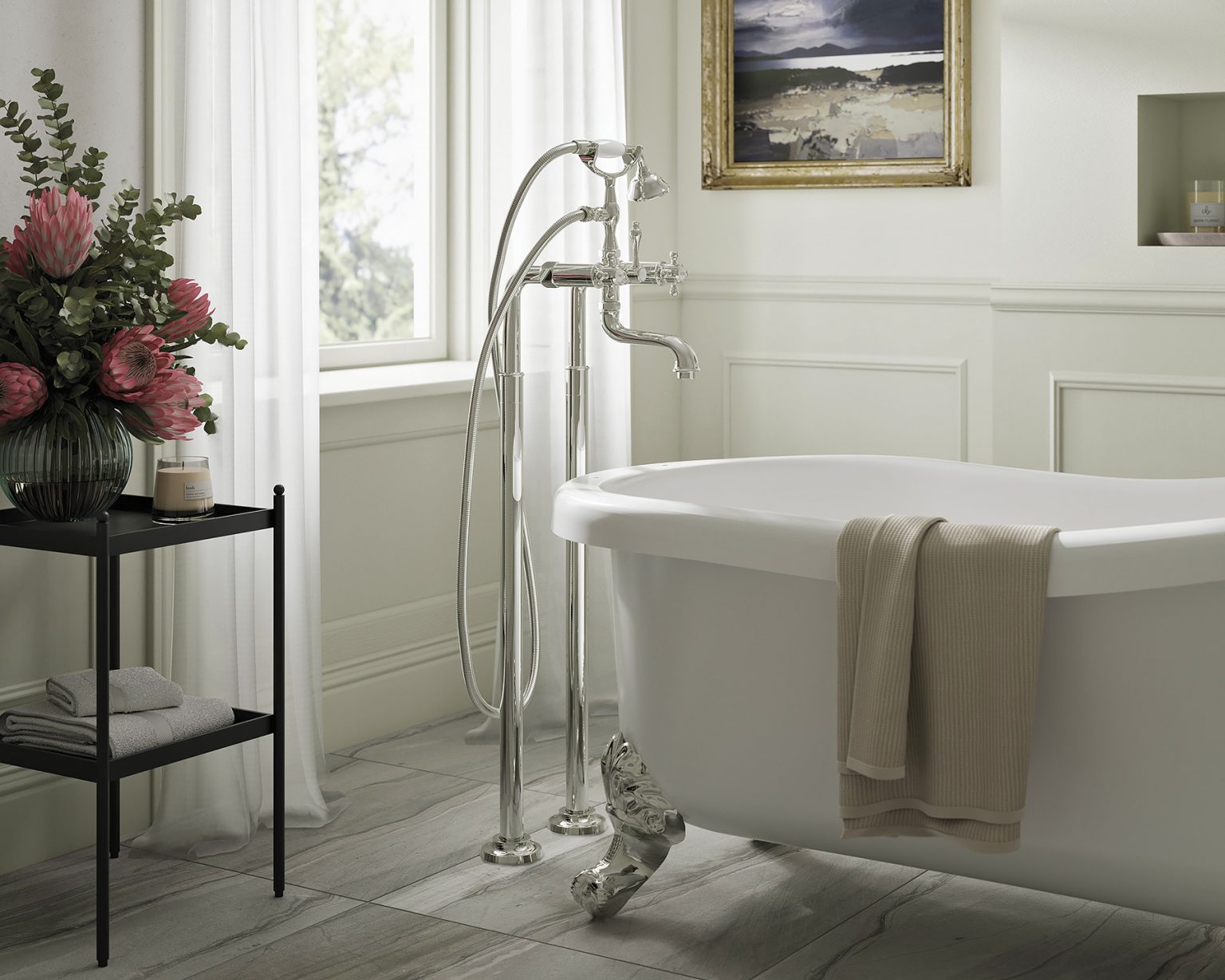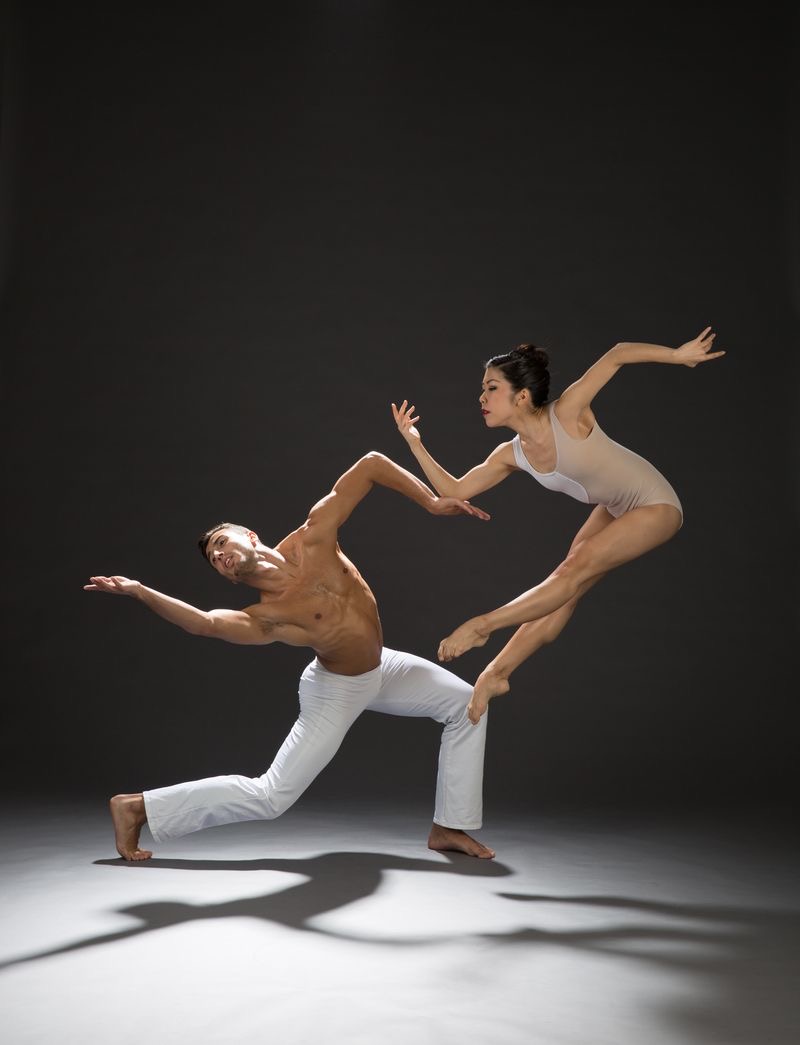Part three of Blue Door Magazine’s exploration of the creative genius of Yves Saint Laurent looks at how YSL fashion was influenced by his love of art

Yves Saint Laurent ensembles inspired by Pierre Bonnard, Spring-Summer 2001.
Photographed in front of (left to right): The Garden (c. 1936), Lunch (1932), and La Toilette (1934) by Pierre Bonnard, Musée d’Art Moderne Paris.
© Yves Saint Laurent / Nicolas Mathéus
From the ancient world to pop art, Yves Saint Laurent took inspiration from art history as he combined colors, carved out new forms, and rethought the structure of garments in order to create his own masterpieces. The unique dialogue that existed between Saint Laurent and the myriad sources of inspiration he found in the fine arts, spanning a vast range of cultures throughout history, was a key component of the couturier’s ingenuity and boundless creativity.
“I believe the work of a couturier is very close to that of an artist. I have constantly drawn a quality of inspiration from the work of contemporary painters: Picasso, Matisse, Mondrian…
—Yves Saint Laurent
In January 1962, Yves Saint Laurent launched his very first collection. To celebrate the anniversary of the founding of his couture house, the Musée Yves Saint Laurent Paris juxtaposed his creations with artworks that inspired them from the collections of five major Paris institutions: Centre Pompidou, Musée d’Art Moderne de Paris, Musée du Louvre, Musée d’Orsay, and Musée National Picasso, Paris. Images and insights from the groundbreaking exhibitions can be found in a stunning book, Yves Saint Laurent & Art.

“Homage to Piet Mondrian” dresses in front Composition with Red, Yellow, Blue and Black (1921) by Piet Mondrian, Kunstmuseuem Den Haag,
The Hague, January 12, 1966. Photograph by Eric Koch.
Eric Koch / Nationaal Archief
The book offers an incisive look at the work of one of France’s greatest fashion innovators alongside pieces from these esteemed museums’ permanent collections.
Yves Saint Laurent is the first fashion designer to have established a real dialogue with artists and the arts of the past. In his Fall-Winter 1965 collection, he presented a series of dresses in homage to Piet Mondrian.
By invoking the aesthetic world of Mondrian, and later those of Serge Poliakoff and Tom Wesselmann, Yves Saint Laurent was able to “translate” two-dimensional paintings into new works of art in three dimensions. He set their art into motion.
This creative dialogue with artists continued throughout his career, with tributes to Henri Matisse, Georges Braque, Pierre Bonnard, Fernand Léger, Vincent van Gogh, and Pablo Picasso.
The museum exhibitions involved similar dialogue: Each pairing between Saint Laurent and the artists and their work was conceived in close collaboration with the various directors and curators of the partner museums since the way they look at the work of Yves Saint Laurent echoes the way they look at their own collections.

Yves Saint Laurent, “Homage to Fernand Léger” gown, Autumn-Winter 1981-82, photographed with Polychrome Flower (1952) by Fernand Léger (left), Centre Pompidou.
© Yves Saint Laurent / Nicolas Mathéus

Andy Warhol, Portraits of Yves Saint Laurent, 1972, Musée Yves Saint Laurent Paris.
© The Andy Warhol Foundation for the Visual Arts, Inc. / Licensed by ADAGP, Paris, 2022.

Naomi Campbell wearing the
Yves Saint Laurent “Homage to Vincent Van Gogh” jacket. Polaroid taken by couture house staff, Spring-Summer 1988.
Musée Yves Saint Laurent Paris
The juxtapositions highlight the inventiveness of Yves Saint Laurent’s pluralistic and multi-faceted gaze.
The couturier also cultivated an aesthetic conversation with works from the past. Whether Greek black- and red figure vases, Bambara sculptures, Japanese or Chinese art, Yves Saint Laurent’s creative impulse was intimately linked to artworks he encountered and to artists who inspired him.
Yves Saint Laurent was deeply in tune with the most noteworthy artistic movements of the 20th century. Picasso holds a special place in the couturier’s work.

Yves Saint Laurent & Art
Edited by Madison Cox, Mouna Mekouar, and Stephan Janson
Published by Thames & Hudson
In 1988, Saint Laurent took up a new challenge, adopting the vocabulary of cubism, transposing Picasso’s deconstruction and destructuring to couture.
Yves Saint Laurent also opened museum doors to the world of fashion. He was the first living fashion designer to have been the subject of a major retrospective, mounted at the Metropolitan Museum of Art in New York in 1983.
Curated by Diana Vreeland, the exhibition was seen by 640,000 visitors and paved the way for numerous other comprehensive exhibitions devoted to fashion designers since then.

























